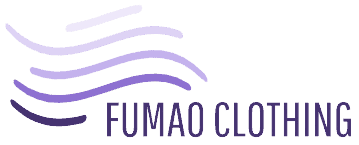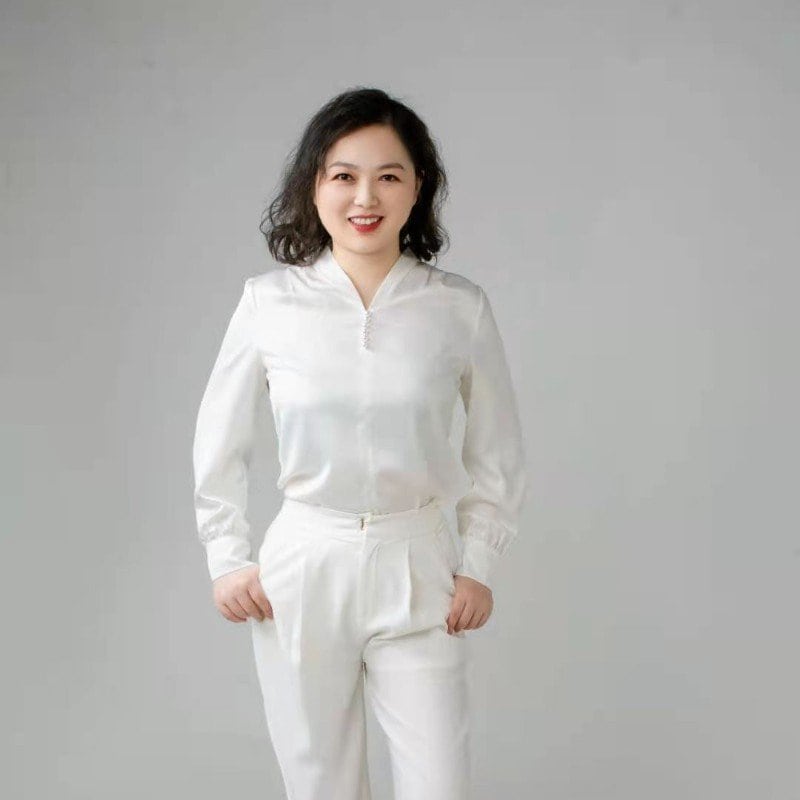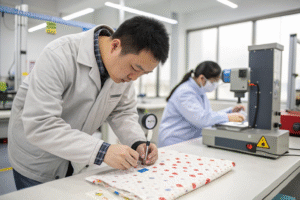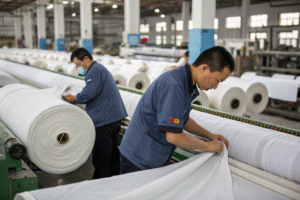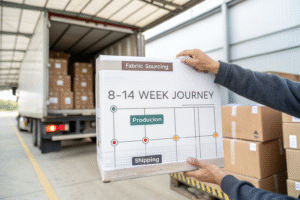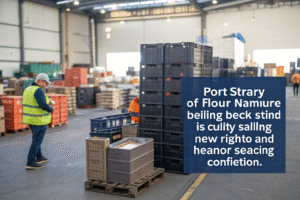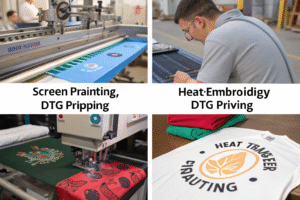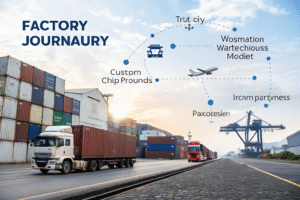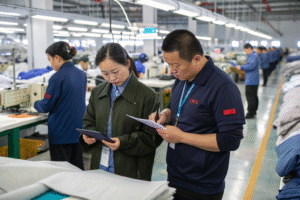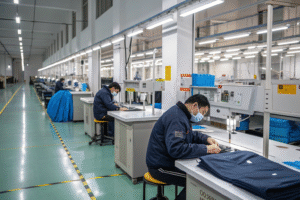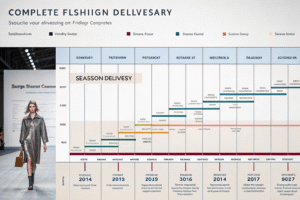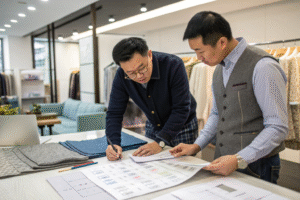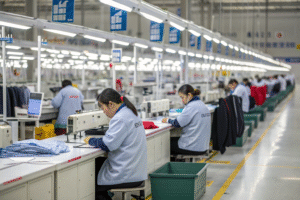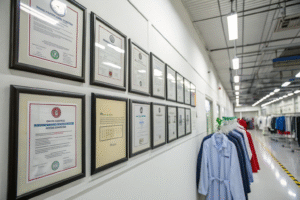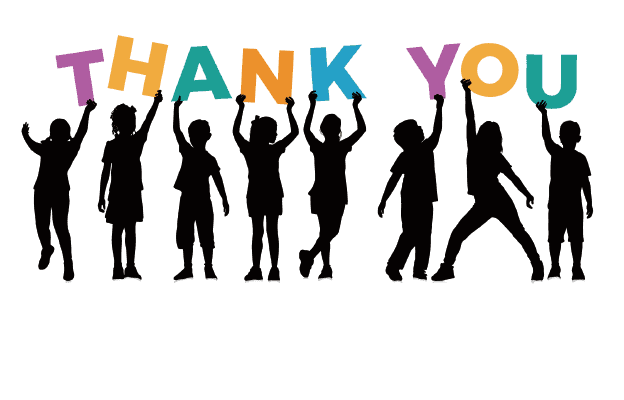Choosing the right clothing manufacturer depends on more than just price—it’s about picking the right type of manufacturer that fits your business model.
Clothing manufacturers come in several types, including OEM, ODM, CMT, FPP, and TTP. Each serves a different purpose depending on your product, scale, and design readiness.
If you’re starting a clothing line or scaling your sourcing, knowing these differences will help you save time, money, and avoid misunderstandings.
What are the different types of garment factories?
Not all factories do the same thing. Some only sew what you provide, others design from scratch.
The main types of garment factories include OEM, ODM, CMT, FPP, and TTP. Each offers different services like design support, material sourcing, or pure assembly.

How do factory types affect production?
Here’s a basic breakdown:
| Type | Full Name | Factory Role | Best For |
|---|---|---|---|
| OEM | Original Equipment Mfg. | Makes your design | Brands with tech packs |
| ODM | Original Design Mfg. | Offers pre-made designs for customization | Startups needing quick launch |
| CMT | Cut, Make, Trim1 | Only cuts and sews your provided inputs | Low-volume, design-driven brands |
| FPP | Full Package Production2 | Handles everything, start to finish | Growing brands with budget |
| TTP | Turnkey Production3 | Like FPP but adds marketing/branding help | Non-technical founders |
Different factory types suit different stages. I started with CMT for full design control, then moved to FPP once sales picked up and I needed to simplify.
Which type is most flexible for small brands?
FPP and TTP are more flexible for small or new brands. These factories already have systems to help with fabric sourcing, trims, labels, packaging, and even logistics. They're ideal if you don't have a technical background or staff.
For custom fashion or niche styles, CMT gives the most control—but you'll need to handle sourcing and design yourself, which can get complex fast.
What is the difference between OEM and ODM clothing?
These two terms get thrown around a lot in manufacturing—but they’re not the same.
OEM means the factory produces your custom designs. ODM means the factory already has designs that you can rebrand or slightly modify.

When should you choose OEM4 over ODM5?
Choose OEM if you have a clear tech pack, patterns, and fabric specs. This gives you full control but also demands more input.
Choose ODM if:
- You want to launch quickly
- You don’t have designers
- You’re okay with modifying existing styles
| Feature | OEM | ODM |
|---|---|---|
| Design Input | From client | From factory |
| Speed | Medium to slow | Fast |
| Uniqueness | High | Medium |
| Cost | Higher upfront | Lower for small orders |
| MOQ | Often higher | Usually lower |
I used an ODM hoodie from a factory in Ningbo when testing a seasonal line. It sold out faster than my original design—sometimes speed wins over uniqueness.
What are the risks of choosing ODM?
ODM products may not be 100% exclusive. If you don't negotiate exclusivity6, the factory can offer the same design to others. I’ve seen the same blouse sold under three different brand names on Amazon.
To avoid that, ask for a modified version or offer to buy exclusive rights. Also, ensure the sizing matches your market—ODM often uses local size charts.
What is the difference between CMT and FPP?
These two models offer very different levels of service.
CMT means the factory only cuts, sews, and finishes your provided materials. FPP means the factory handles everything from sourcing to shipping.

Which one saves more time?
FPP7 saves time because it reduces how many vendors you need to coordinate. The factory handles fabric buying, trims, sampling, packing, and sometimes even shipping.
| Factor | CMT8 | FPP |
|---|---|---|
| You provide | All materials + patterns | Just the design |
| Factory handles | Only sewing and finishing | Sourcing, sewing, shipping |
| Timeline | Longer (you coordinate) | Shorter (factory manages) |
| Cost per unit | Often lower | Higher (but more services) |
CMT gives more control and is cheaper per unit, but only if you have sourcing skills and logistics already in place.
What’s better for startups9?
Startups without industry experience should avoid CMT. You’ll need to:
- Source fabric from mills
- Ship trims to the factory
- Create paper patterns and tech packs
- Handle label and packaging separately
I did CMT once for a loungewear line, and logistics alone gave me a headache. Now I use FPP for 80% of my styles and only use CMT for specialty pieces.
What is the difference between TTP and FPP?
These two can look similar at first, but TTP goes one step further.
TTP (Turnkey Production) is like FPP with added branding, marketing, and business launch services. FPP focuses only on production and delivery.
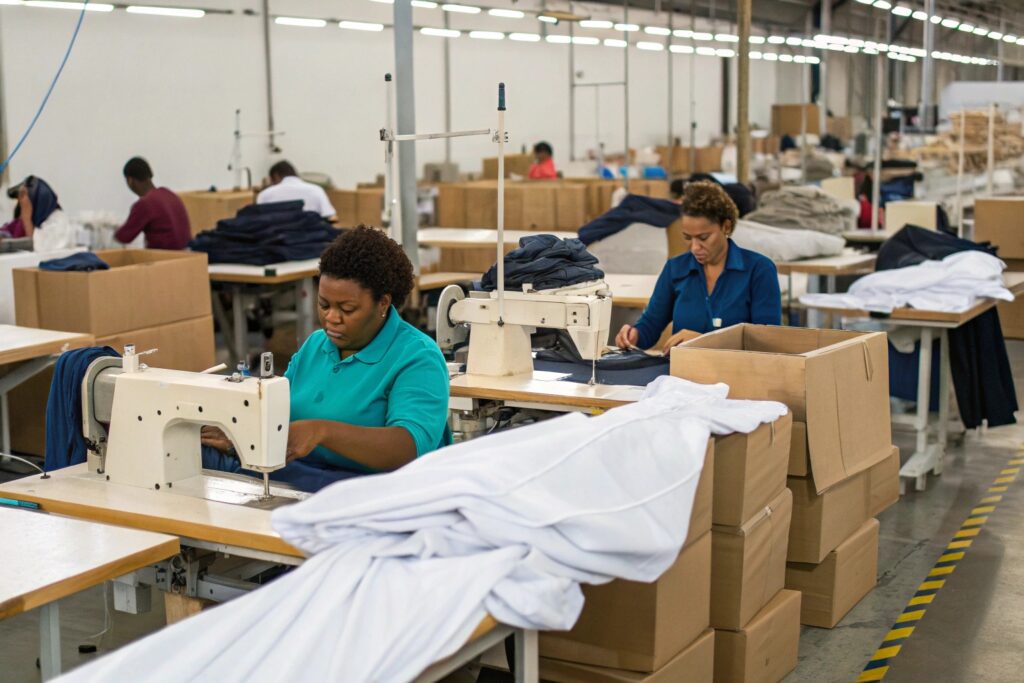
What extra services does TTP include?
TTP is ideal for non-technical founders or startups with little manufacturing knowledge. A TTP partner may include:
- Logo and branding support10
- Product photos and lookbooks
- Packaging design
- Fulfillment setup11
- eCommerce site assistance12
| Service Type | FPP Factory | TTP Partner |
|---|---|---|
| Pattern Development | Yes | Yes |
| Fabric Sourcing | Yes | Yes |
| Logo/Branding | No | Yes |
| Web Store Setup | No | Sometimes |
| Fulfillment | No | Yes or 3rd-party |
I once worked with a TTP supplier for a startup that needed everything from A to Z. They provided DDP shipping, custom labels, hangtags, and even mockup images for Shopify. It cost more upfront but saved months of prep work.
When should you choose TTP?
If you're launching a brand and want speed, simplicity, and minimal coordination, TTP is perfect. Just be sure to:
- Check the scope of services
- Read contracts carefully
- Make sure you retain brand rights
Also, beware of overpriced TTP agencies that subcontract everything. Work directly with factories that own their own production lines and only add branding help—not agencies with no actual garment experience.
Conclusion
Knowing the types of clothing manufacturers—OEM, ODM, CMT, FPP, and TTP—helps you match your brand’s needs with the right production model. The right factory type makes your journey smoother from design to delivery.
-
Learn about Cut, Make, Trim to see how it offers design control for brands looking to create unique fashion pieces. ↩
-
Explore this link to understand how Full Package Production can streamline your manufacturing process and support brand growth. ↩
-
Discover how Turnkey Production can simplify your operations and enhance your brand's market entry. ↩
-
Exploring the advantages of OEM can help you understand when to opt for this manufacturing model, ensuring better control over your product. ↩
-
Understanding the benefits of ODM can guide you in making quick and cost-effective decisions for your product launches. ↩
-
Learning how to negotiate exclusivity can protect your brand and ensure your designs remain unique in the market. ↩
-
Explore the advantages of FPP to understand how it can streamline your production process and save time. ↩
-
Learn about CMT to see if it fits your needs, especially if you have sourcing skills and want more control. ↩
-
Discover the best manufacturing strategies for startups to avoid common pitfalls and ensure success. ↩
-
Explore this link to understand how logo and branding support can elevate your startup's identity and market presence. ↩
-
Learn about fulfillment setup to streamline your order processing and enhance customer satisfaction for your brand. ↩
-
Discover how eCommerce site assistance can simplify your online selling process and boost your sales. ↩
